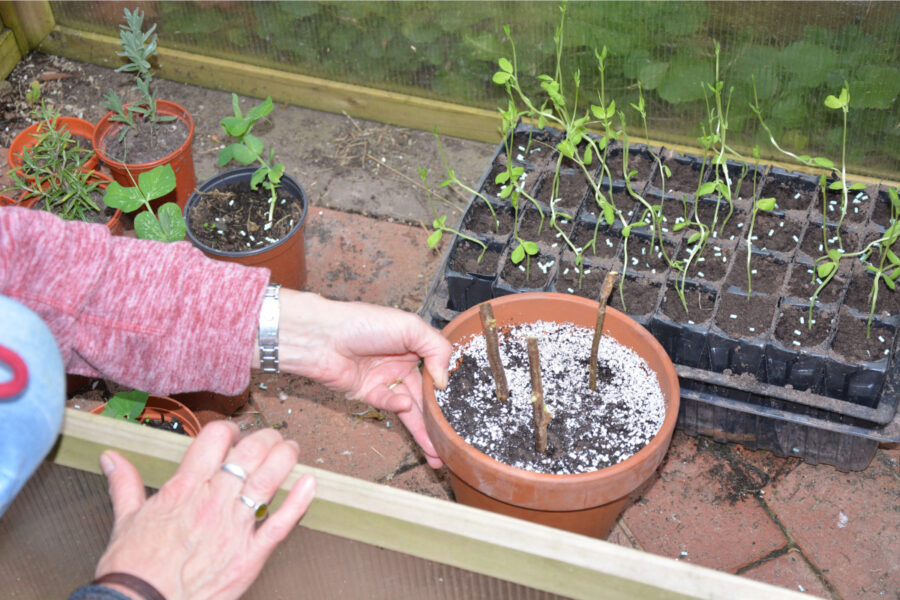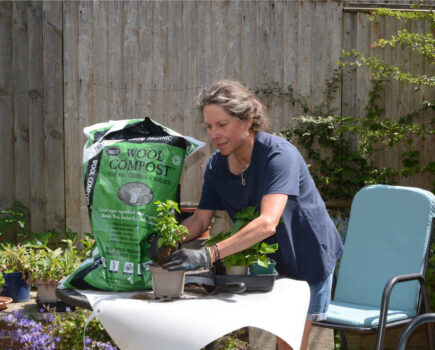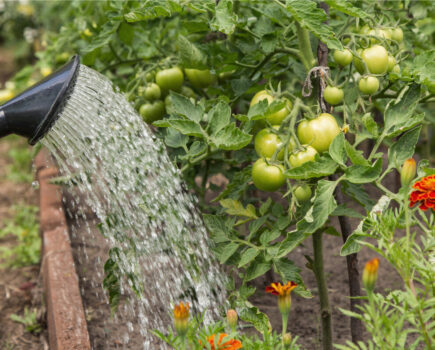This midwinter task is easy – but takes time
Patience is very much the theme of this page, and it isn’t something I am terribly blessed with, so it’s time for me to heed my own advice!
While the days are quieter in the garden, one of the things you could do is take hardwood cuttings.
This is a midwinter job, using material from dormant woody plants and I’ve used it in the past as an easy way of propagating roses, fruit bushes and forsythia.
I’ll come clean now and admit I haven’t always been successful, but that’s been because once the gardener’s year picks up pace from early spring onwards, I have on occasion forgotten about my hardwood cuttings and they have languished and dried out.
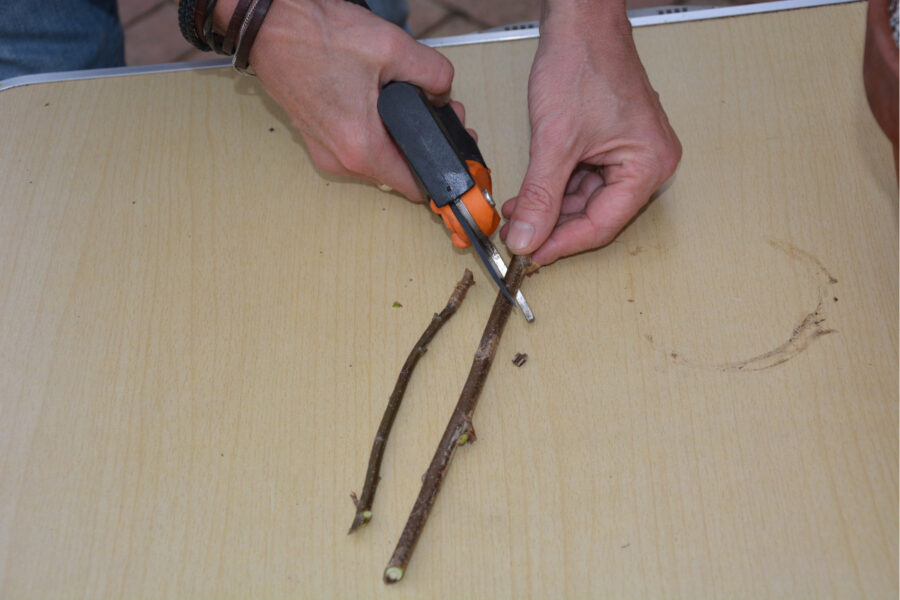
But if you are more vigilant, they are a straightforward way of making more plants, though they do take longer to show results than softwood and semi-ripe cuttings.
They can be grown in sand-lined trenches in a sheltered part of the garden or, if that doesn’t work for you, a large pot filled with seed compost and grit or perlite will do just as well.
When deciding what stems to use for cuttings, always choose vigorous healthy shoots that have grown in the current year, then pinch off their growing tip.
Your cuttings should be 15-30cm (6in-1ft) long, cutting cleanly above a bud. Make a sloping cut on the top end so that water will run off instead of sitting and rotting, and also to remind you which way to insert them into the soil or compost!
Dip the bottom end in hormone rooting compound, to encourage the development of robust roots, and insert the cuttings two-thirds of their length into the trench or pot of gritty compost.
Firm them in and water well, then either pop the pot in a cold frame or leave the cuttings in their trench. Keep them watered and protected from pests and they should show signs of life by next autumn when they can be potted on. See, patience is what you need!
The moles are back!
Underground dwellers on the move
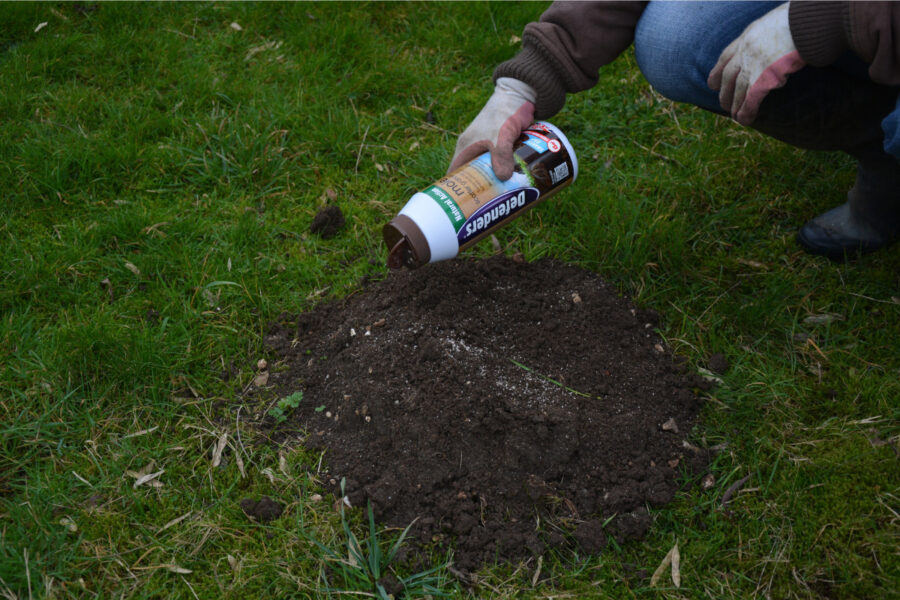
1. Much as I love the moles, the lawn is looking like the Andes so we’re busy shovelling up the soil and adding it to the borders before scattering repellent granules over the bare soil patches. I’ll re-seed them in spring when the weather warms up.
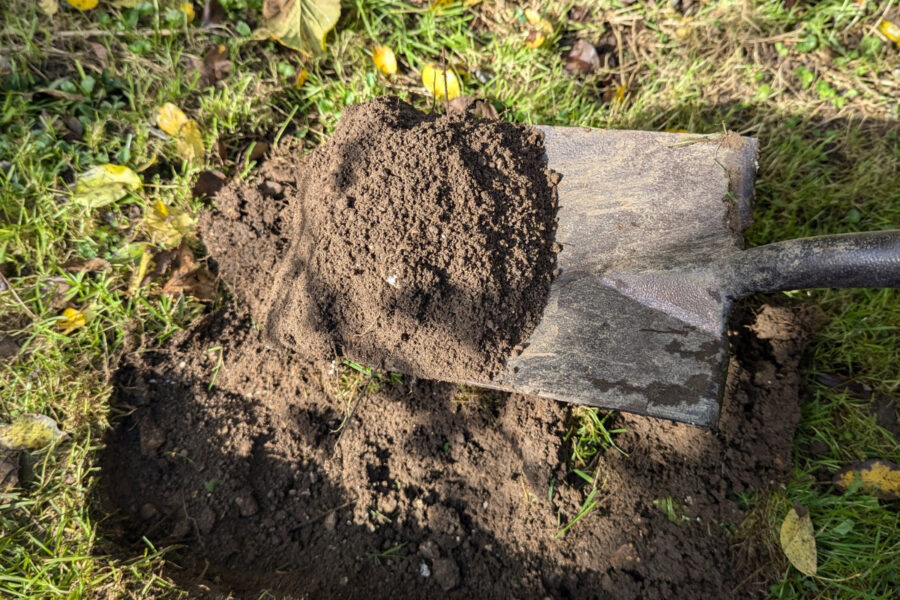
2. Worse than the molehills are the tunnels they create under the lawn, that can trip you up and sprain an ankle if you don’t have your wits about you. Another use for molehill soil is to lift the grass over the runways and fill them with excavated soil, before firming it down, replacing the soil and watering the turf to help it knit back together.
How to grow your own mistletoe
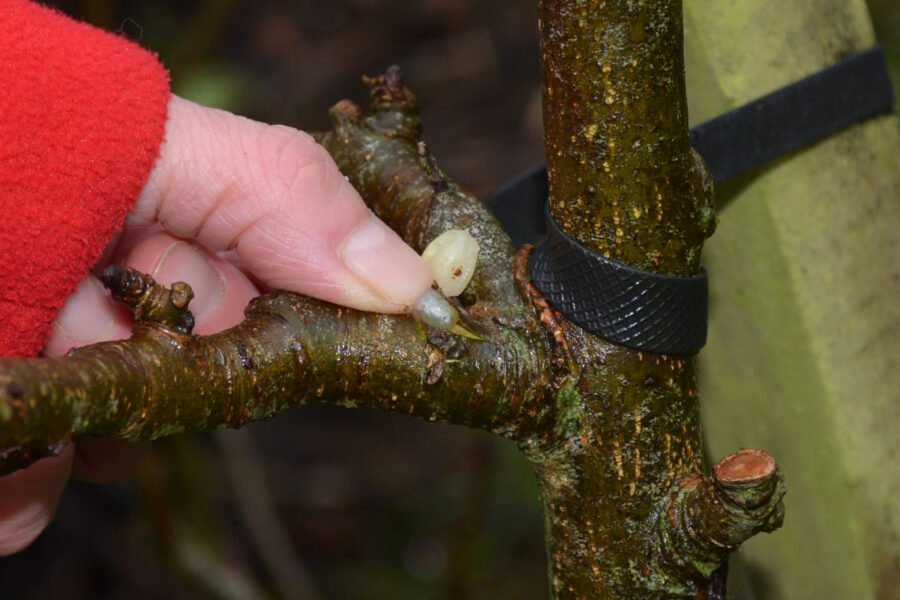
One of the fun ways of recycling Christmas leftovers is trying to grow mistletoe from your festive sprig.
This mystical plant, which was once thought to have magical properties, can often be seen growing in huge clumps in the wild, and it can be propagated in our own gardens on a variety of trees including apple, hawthorn, poplar, maple and crab apple.
It’s a simple process but it needs patience as it can take three years for plants to develop and five years or more until berries appear.
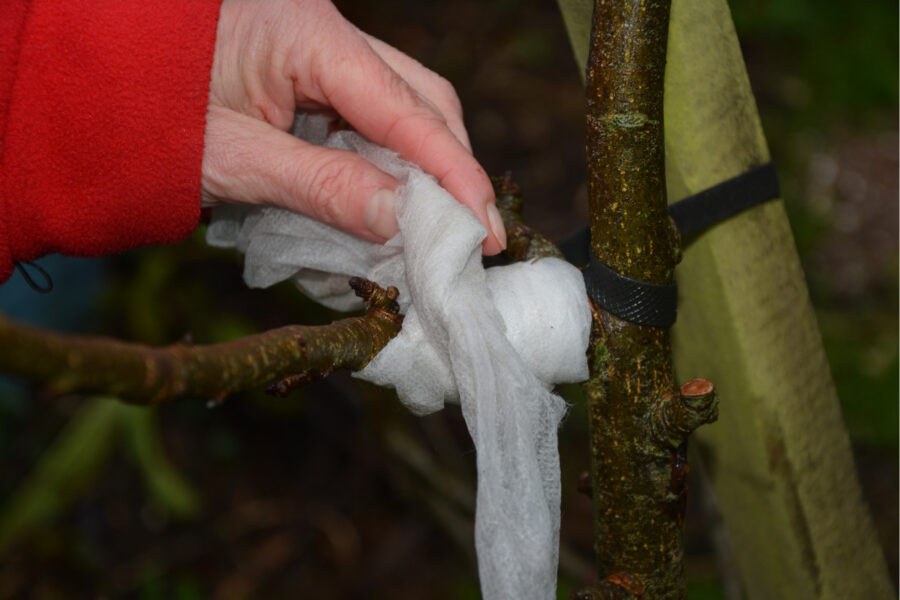
It grows best in sun, so choose healthy branches that are around 5-10cm (2-4in) thick and aren’t in shade.
Carefully squeeze the berries one at a time until they produce a sticky jelly-like substance containing black seeds.
Spread this along the branches and then lightly cover it in fleece to protect the seeds from birds and insects.
Although the mistletoe is toxic if eaten, it’s safe to handle as long as you wash your hands well after ‘sowing’.
Find more tips, advice and articles like this at the Amateur Gardening website. Subscribe to Amateur Gardening magazine now

